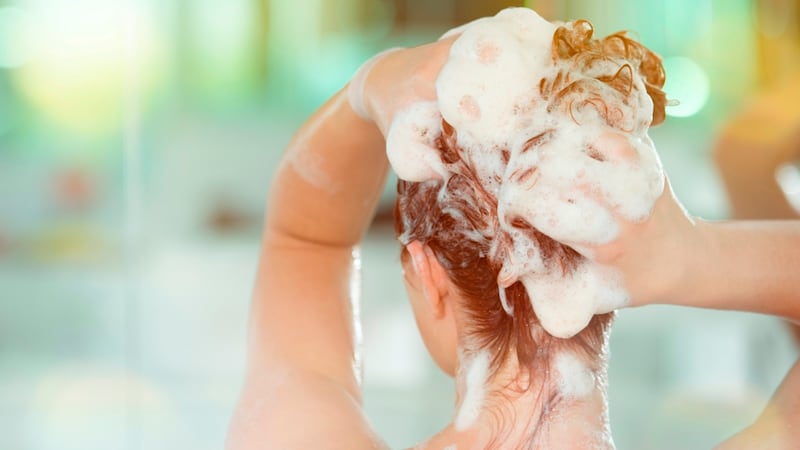Silicone is a wonder ingredient in beauty products. It’s the reason your foundation feels silky and comfortable on your face, not settling into lines or turning to powder. It also ensures moisturiser or serum glides on and makes lipsticks last for hours.
In hair care, silicone works to fill in cracks in the surface of the hair, leaving it silky and less prone to frizz. I can’t live without it in my hair care, which is why I love ranges such as L’Oréal Elvive and Kérastase.
And yet silicone often gets a bad rap. For years I’ve heard the claims that it stops skin from “breathing”, blocks pores and can lead to blackheads and acne. This is not the case. Silicone molecules are far too large to have any impact. They can’t enter the bloodstream or be absorbed by the body if applied topically.

The “silicone-free” labels we see so often are meaningless. Silicone is a manufactured derivative of silica and not found naturally. That’s why a lot of “green” cosmetics brands boast that it’s not present in their products. It is also often claimed that it is harmful to the environment; again there is nothing reputable to back this claim up.
Face primers or anything with a “blurring” effect are usually reliant on this ingredient. It creates the effect of smooth skin, holds in moisture and can reduce the look of pores. Top tip: look out for ingredients ending in -cone, -conal or -zane, which will usually be silicone.
My top silicone picks are Smashbox Photo Finish Primers, Indeed Labs NanoBlur and Fillerina Filler treatment, which instantly makes lines appear reduced.
There is one sting in the silicone tail: sometimes layering too many silicone-heavy products on top of one another will cause foundation to “ball up” and flake off. Unfortunately there is no way to predict when and how this will happen, and it usually comes down to trial and error.
amcdermott@irishtimes.com
Twitter@aismcdermott








